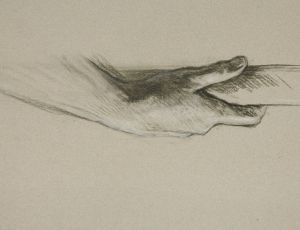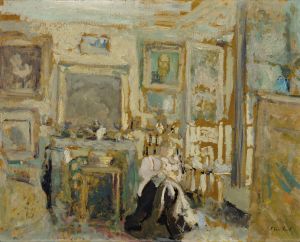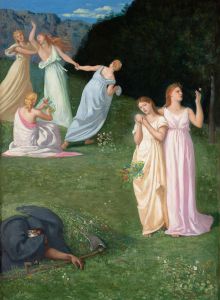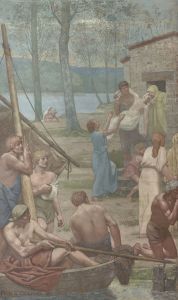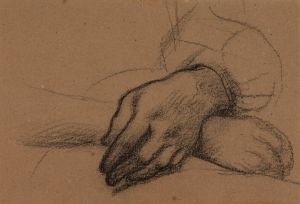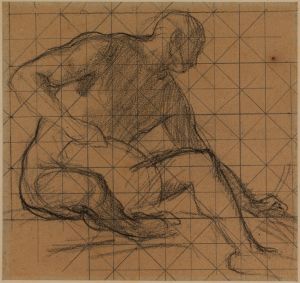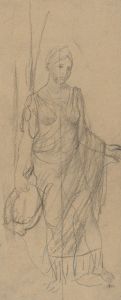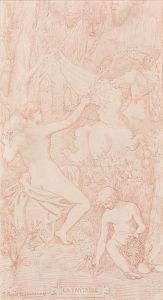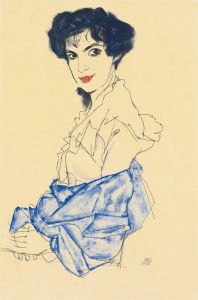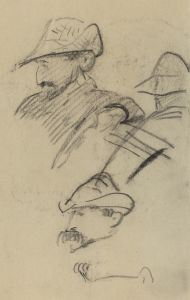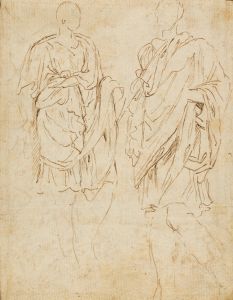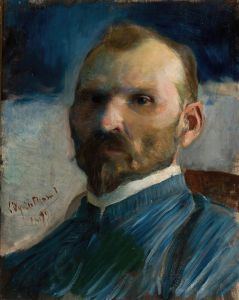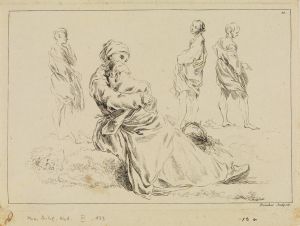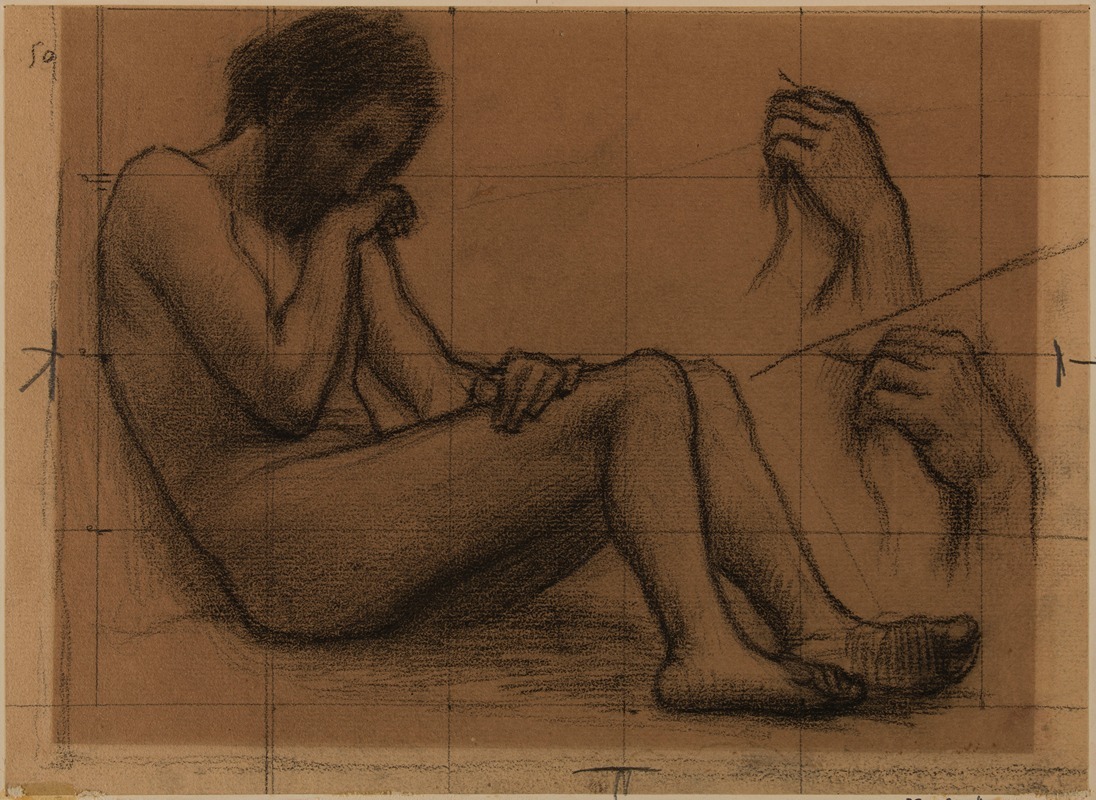
Homme nu, à demi étendu
A hand-painted replica of Pierre Puvis de Chavannes’s masterpiece Homme nu, à demi étendu, meticulously crafted by professional artists to capture the true essence of the original. Each piece is created with museum-quality canvas and rare mineral pigments, carefully painted by experienced artists with delicate brushstrokes and rich, layered colors to perfectly recreate the texture of the original artwork. Unlike machine-printed reproductions, this hand-painted version brings the painting to life, infused with the artist’s emotions and skill in every stroke. Whether for personal collection or home decoration, it instantly elevates the artistic atmosphere of any space.
Pierre Puvis de Chavannes was a French painter known for his mural painting and his influence on modern art. One of his notable works is "Homme nu, à demi étendu" (Nude Man, Half Reclining). This painting exemplifies Puvis de Chavannes' unique style, which often combined classical themes with a modern sensibility.
"Homme nu, à demi étendu" depicts a nude male figure in a relaxed, half-reclining pose. The composition is characterized by its simplicity and the serene, almost ethereal quality of the figure. The use of muted colors and soft lines is typical of Puvis de Chavannes' approach, which often sought to evoke a sense of timelessness and tranquility.
Puvis de Chavannes was born on December 14, 1824, in Lyon, France. He initially studied law but soon turned to painting, studying under Eugène Delacroix and Thomas Couture. His early works were influenced by the Romantic style, but he gradually developed a more personal and distinctive approach. By the 1860s, Puvis de Chavannes had established himself as a leading figure in the French art world, particularly known for his large-scale murals.
The artist's work often featured allegorical and symbolic themes, drawing on classical mythology and literature. "Homme nu, à demi étendu" fits within this broader context, as the depiction of the human form in a natural, unadorned state can be seen as a reflection on the purity and idealism of classical art. The painting's serene and contemplative mood is also characteristic of Puvis de Chavannes' broader oeuvre.
Puvis de Chavannes' influence extended beyond his own time, impacting a range of artists and movements. His emphasis on flat, decorative surfaces and his use of color and form anticipated aspects of modernist painting. Artists such as Paul Gauguin and the Symbolists were particularly influenced by his work, and his murals in places like the Sorbonne and the Panthéon in Paris remain significant examples of his legacy.
Despite his success, Puvis de Chavannes maintained a relatively private life, focusing on his art rather than public acclaim. He continued to work prolifically until his death on October 24, 1898. "Homme nu, à demi étendu" remains a testament to his skill and vision, capturing the essence of his artistic philosophy.
In summary, "Homme nu, à demi étendu" by Pierre Puvis de Chavannes is a significant work that reflects the artist's unique style and his contribution to the development of modern art. The painting's serene and timeless quality, combined with its classical themes, exemplifies Puvis de Chavannes' approach and his lasting influence on the art world.





